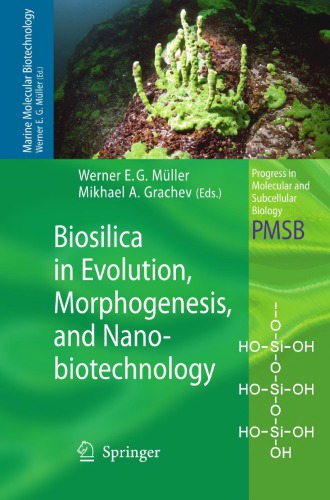

Most ebook files are in PDF format, so you can easily read them using various software such as Foxit Reader or directly on the Google Chrome browser.
Some ebook files are released by publishers in other formats such as .awz, .mobi, .epub, .fb2, etc. You may need to install specific software to read these formats on mobile/PC, such as Calibre.
Please read the tutorial at this link: https://ebookbell.com/faq
We offer FREE conversion to the popular formats you request; however, this may take some time. Therefore, right after payment, please email us, and we will try to provide the service as quickly as possible.
For some exceptional file formats or broken links (if any), please refrain from opening any disputes. Instead, email us first, and we will try to assist within a maximum of 6 hours.
EbookBell Team

4.8
14 reviewsLake Baikal is the oldest, deepest and most voluminous lake on Earth, comprising one fifth of the World’s unfrozen fresh water. It hosts the highest number of endemic animals recorded in any freshwater lake. Until recently it remained enigmatic why such a high diversity evolved in the isolated Lake Baikal. Focusing on the sponges (phylum Porifera) as an example, some answers are provided to fundamental questions on evolutionary forces. The characteristic feature of these animals is that they form their polymeric silicic acid skeleton enzymatically. This process is explored using modern molecular biological and cellular biological techniques to outline strategies to fabricate novel materials applicable in biomedicine and nanooptics.